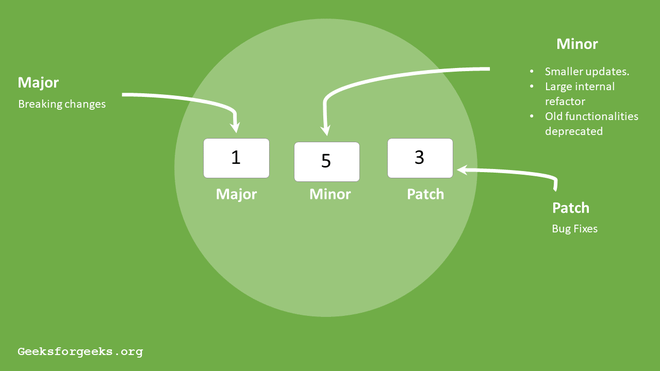
Syntactical-descriptive colons may separate the numbers indicating hours, minutes, and seconds in abbreviated measures of time. I have three sisters: Daphne, Rose, and Suzanne. In this sense the colon introduces a description in particular, it makes explicit the elements of a set. There was only one possible explanation: the train had never arrived.


The colon introduces the logical consequence, or effect, of a fact stated before. Luca Serianni, an Italian scholar who helped to define and develop the colon as a punctuation mark, identified four punctuational modes for it: syntactical-deductive, syntactical-descriptive, appositive, and segmental. In non-literary or non-expository uses, one may use a colon after the salutation in a formal letter, to indicate hours and minutes, to show proportions, between a title and subtitle, and between city and publisher in bibliographic entries. For example, one can use a colon after an independent clause to direct attention to a list, an appositive or a quotation, and it can be used between independent clauses if the second summarizes or explains the first. The Bedford Handbook describes several uses of a colon. Some writers use fragments (incomplete sentences) before a colon for emphasis or stylistic preferences (to show a character's voice in literature), as in this example:ĭinner: chips and juice. Colon before explanation I guess I can say I had a rough weekend: I had chest pain and spent all Saturday and Sunday in the emergency room. Colon before definition For years while I was reading Shakespeare's Othello and criticism on it, I had to constantly look up the word "egregious" since the villain uses that word: outstandingly bad or shocking. Colon used before a description Bertha is so desperate that she'll date anyone, even William: he's uglier than a squashed toad on the highway, and that's on his good days. Colon used before list Daequan was so hungry that he ate everything in the house: chips, cold pizza, pretzels and dip, hot dogs, peanut butter, and candy. While it is acceptable to capitalise the first letter after the colon in American English, it is not the case in British English, except where a proper noun immediately follows a colon. The elements which follow the colon may or may not be a complete sentence: since the colon is preceded by a sentence, it is a complete sentence whether what follows the colon is another sentence or not. In modern English usage, a complete sentence precedes a colon, while a list, description, explanation, or definition follows it. In British English, it was once common for a colon to be followed by a hyphen or dash to indicate a restful pause, in a typographical construction known as the " dog's bollocks", though this usage is now discouraged. As late as the 18th century, the appropriateness of a colon was still being related to the length of the pause taken when reading the text aloud, but silent reading eventually replaced this with other considerations.
UPPER CARET SYMBOL FULL
A variant was introduced to English orthography around 1600, marking a pause intermediate between a comma and a full stop. ) A double dot symbol ⟨ ⁚⟩, meanwhile, later came to be used as a full stop or to mark a change of speaker. (This was only intermittently used, but eventually revived as the ano teleia, the modern Greek semicolon. In the punctuation system devised by Aristophanes of Byzantium in the 3rd century BC, the end of such a clause was thought to occasion a medium-length breath and was marked by a middot ⟨

From this usage, in palaeography, a colon is a clause or group of clauses written as a line in a manuscript. A "colon" was a section of a complete thought or passage. In Greek rhetoric and prosody, the term did not refer to punctuation but to the expression or passage itself. cola), itself from Ancient Greek κῶλον ( kôlon), meaning "limb", "member", or "portion". The English word "colon" is from Latin colon ( pl.


 0 kommentar(er)
0 kommentar(er)
